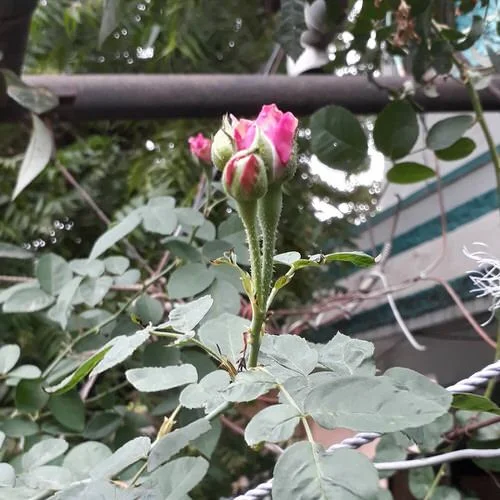What to Do if Your Plants Are Not Blooming
If your favorite flowering plants are not producing blooms, several factors might be at play. Here’s what you can do to encourage more blossoms:
- Lack of Sunlight
- The primary reason most flowering plants fail to bloom is a lack of sunlight. Many flowering plants require more than 6 hours of bright sun daily to bloom profusely. Check your plant’s specific sunlight requirements and ensure they are getting enough light.
- Pick the Right Location
- Choose the right spot for your plants. While some plants thrive in full sun, others prefer partial sunlight and some shade. For instance, impatiens, azaleas, rhododendrons, and hydrangeas do well with partial sunlight and some shade, whereas succulents, roses, and bougainvilleas flourish in the full afternoon sun.

- Maturity Period
- Understand the maturity period of your plants. Each plant has its own timeline for blooming:
- Annuals: These plants flower once in their growing season, usually in spring, summer, or fall, and some might bloom in winter.
- Biennials: They bloom best in their second year. For example, hollyhocks may not produce heavy blooms in the first year.
- Perennials: These are ideal for repeated flowers, blooming season after season.

By addressing these factors, you can create the optimal conditions for your plants to bloom beautifully.
